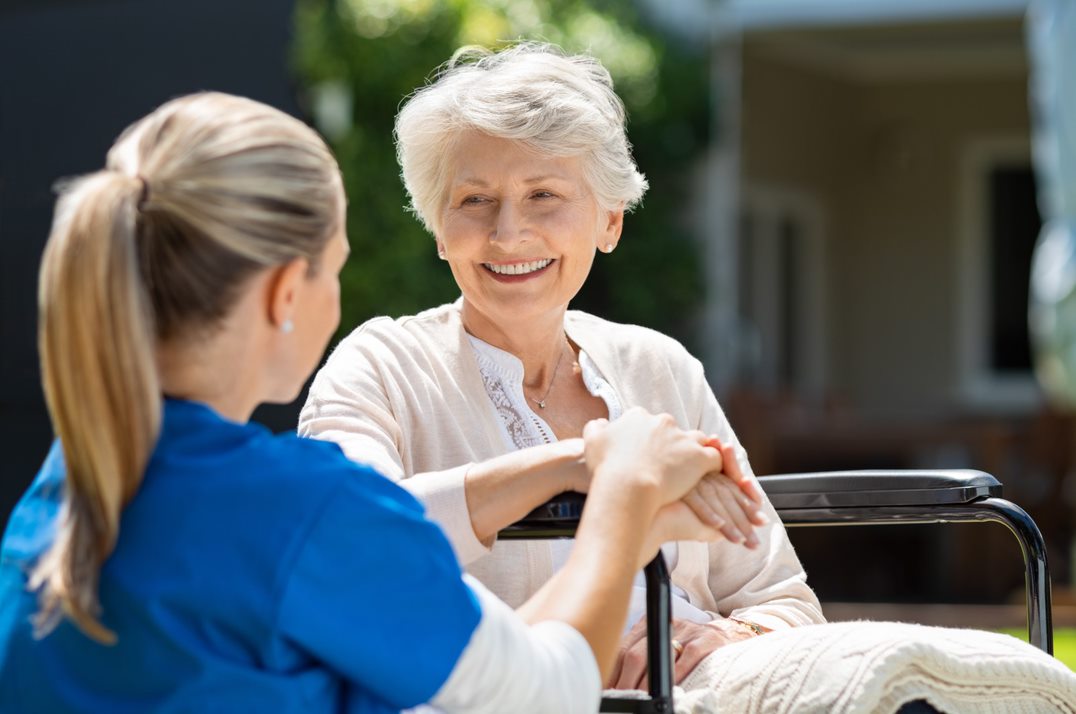What Does Dementia Fall Risk Mean?
Table of ContentsDementia Fall Risk Can Be Fun For Everyone10 Simple Techniques For Dementia Fall RiskAn Unbiased View of Dementia Fall RiskDementia Fall Risk Things To Know Before You Get This
A fall danger assessment checks to see exactly how most likely it is that you will certainly fall. It is mainly done for older grownups. The analysis typically includes: This consists of a collection of questions regarding your total health and if you have actually had previous falls or issues with equilibrium, standing, and/or strolling. These tools evaluate your stamina, equilibrium, and stride (the way you walk).Treatments are referrals that might lower your danger of dropping. STEADI consists of three actions: you for your danger of falling for your threat variables that can be boosted to attempt to stop falls (for instance, balance troubles, impaired vision) to reduce your threat of falling by using reliable techniques (for example, giving education and resources), you may be asked a number of questions including: Have you fallen in the previous year? Are you fretted concerning dropping?
If it takes you 12 seconds or more, it may indicate you are at higher threat for a loss. This examination checks toughness and balance.
The positions will get harder as you go. Stand with your feet side-by-side. Relocate one foot midway onward, so the instep is touching the huge toe of your various other foot. Relocate one foot fully before the other, so the toes are touching the heel of your other foot.
The Ultimate Guide To Dementia Fall Risk
Many falls occur as an outcome of numerous contributing elements; for that reason, managing the threat of falling starts with recognizing the aspects that add to fall risk - Dementia Fall Risk. Several of one of the most relevant threat aspects include: Background of previous fallsChronic medical conditionsAcute illnessImpaired stride and balance, reduced extremity weaknessCognitive impairmentChanges in visionCertain high-risk medications and polypharmacyEnvironmental variables can likewise enhance the risk for drops, including: Inadequate lightingUneven or harmed flooringWet or slippery floorsMissing or harmed handrails and order barsDamaged or incorrectly fitted tools, such as beds, mobility devices, or walkersImproper use of assistive devicesInadequate supervision of the individuals residing in the NF, including those that exhibit hostile behaviorsA successful loss risk monitoring program needs an extensive clinical analysis, with input from all members of the interdisciplinary group

The treatment plan must also include treatments that are system-based, such as those that promote a secure setting (suitable lights, hand rails, grab bars, and so on). The effectiveness of the interventions need to be assessed occasionally, and the care plan modified as necessary to show adjustments in the fall danger analysis. Implementing an autumn threat management system utilizing evidence-based ideal practice can minimize the frequency of drops in the NF, while restricting the potential for fall-related injuries.
Things about Dementia Fall Risk
The AGS/BGS he has a good point guideline recommends screening all adults aged 65 years and older for fall risk yearly. This screening consists of asking clients whether they have fallen 2 or more times in the past year or sought clinical focus for a loss, or, if they have actually not dropped, whether they really feel unsteady when walking.
People who have actually dropped as soon as without injury must have their equilibrium and gait assessed; those with gait or balance abnormalities should obtain added evaluation. A history of 1 fall without injury and without stride or equilibrium issues does not require further assessment past ongoing annual fall threat testing. Dementia Fall Risk. An autumn danger analysis is needed as part of the Welcome to Medicare examination
-copy-5.jpg)
The Only Guide to Dementia Fall Risk
Recording a falls history is one of the high quality indications for loss prevention and management. Psychoactive medicines in certain are independent forecasters of drops.
Postural hypotension can frequently be eased by reducing the dose of blood pressurelowering drugs and/or quiting medications that have orthostatic hypotension as a side result. Usage of above-the-knee assistance hose and copulating the head of the bed raised might additionally lower postural decreases content in high blood pressure. The recommended elements of a fall-focused physical evaluation are shown in Box 1.

A Yank time greater than or equal to 12 secs recommends high fall risk. Being incapable to stand up from a chair of knee height without using one's arms suggests raised fall risk.